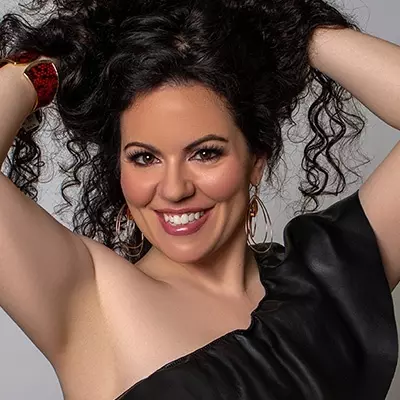The term alopecia refers to a variety of types of hair loss. Hair loss of some sort is common and eventually affects the majority of adults. Alopecia can result from many factors, including heredity, hormonal imbalances, medical conditions, or normal aging.
What Is Traction Alopecia?
Traction alopecia is a type of hair loss caused by the repeated pulling of your hair when styling or caring for your hair. The condition can be more severe if your hair is chemical or heat-treated and is caused by wearing various tight hairstyles, including:
- Braids
- Cornrows
- Weaves
- Tight ponytails and buns
- Repeated use of rollers to set hair
Traction alopecia typically begins as small bumps on your scalp that appear like ordinary pimples. Symptoms also may include tenderness of the scalp and a constant pulling sensation or stinging on your scalp.
As the condition progresses, scaling and pus-filled blisters appear on the scalp, causing inflammation of the hair follicles. Severe inflammation can permanently damage the hair follicle, causing it to produce weaker strands of hair until it is no longer viable and loses the ability to regrow hair. Traction alopecia usually affects mainly the front and side of the scalp, but depending on your hairstyle, you may also notice hair loss on other areas of the scalp.
Left untreated, the hair follicles in the affected area may become scarred, permanently damaged, and unable to produce hair. Unlike other types of alopecia that cause patches of hair loss on the scalp, traction alopecia typically only affects the hair follicle and hair that has been stressed and pulled.
How To Prevent Traction Alopecia
Traction alopecia is preventable by wearing low to moderate risk hairstyles. Low-risk hairstyles include loose ponytails and buns worn low on your head rather than high, with loose braids, cornrows, and dreadlocks only slightly riskier. The safest way to protect your scalp and hair is to wear a natural hairstyle, cut to a healthy length.
Change your hairstyle frequently and make sure that braids and weaves are not too tight, especially around the hairline. Change the style or pattern of braids and twisted hairstyles and avoid rubber bands and elastic ponytail holders. Choose thick braids rather than thin ones and only leave braids and extensions in for a short amount of time.
If you decide on a weave or extensions, use natural rather than chemically processed hair. When you're in the stylist's chair, if weaves and braids are tight and painful, ask your stylist to redo them, and if hair extensions cause pain or irritate your scalp, remove them immediately.
Avoid using chemical treatments, and when using a flat iron, blow-dryer, or other hot styling tools, use a low heat setting and keep exposure to a minimum. Wrapping your hair in a satin scarf or sleeping on a satin pillowcase can also protect your hair from being pulled as you sleep.
The Leaders in Thinning Hair and Hair Loss Solutions
Traction alopecia was first identified by doctors in the early 1900s when they observed that women who consistently wore tight hairstyles were more likely to lose hair along their hairline. The issue can be challenging to treat if you have had hair loss for a long time because of scarring and permanent damage to the hair follicles, but it is preventable and, if caught early, treatable.
If you are noticing hair loss along the hairline or other symptoms, our trained staff can help you determine if your hair loss is traction alopecia or caused by another factor. Hair loss is a concern for many people, and taking action early is critical. To learn more about traction alopecia and what treatment options are available to you, contact us today and schedule your FREE initial consultation.











